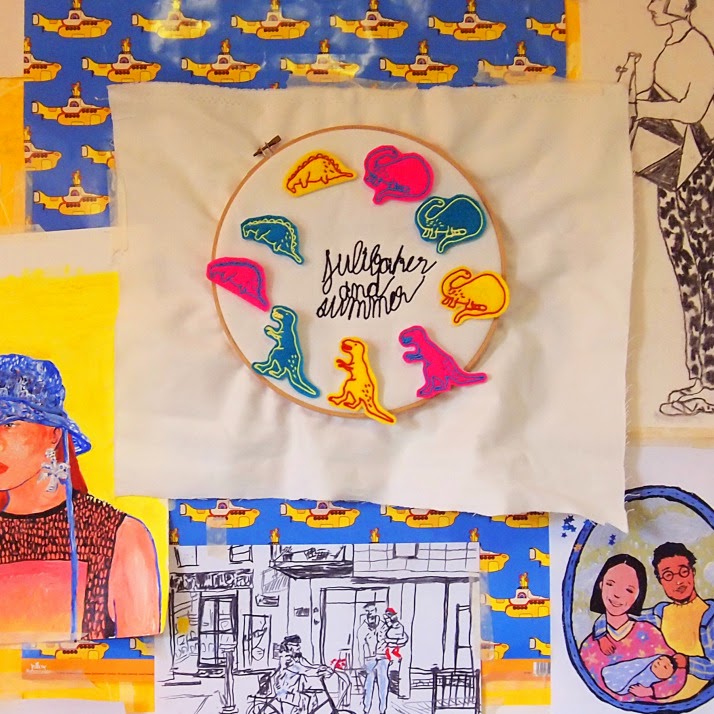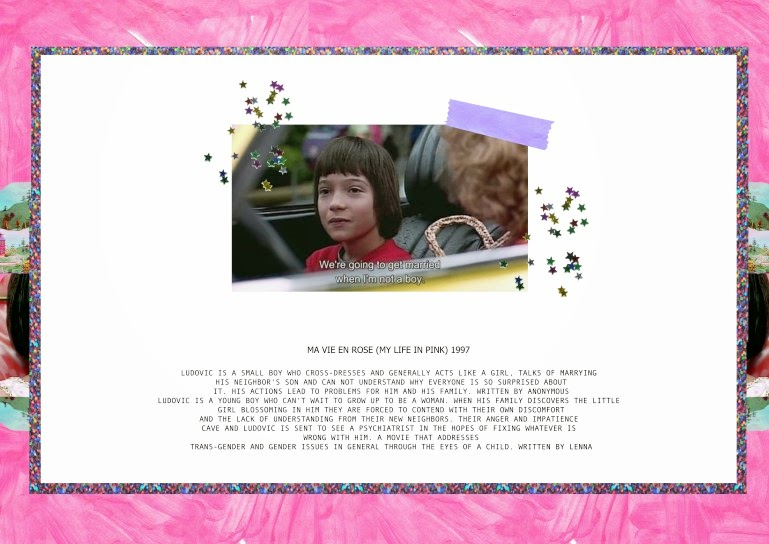We never marvel enough about the fact that we share the very same space as species that walked on this earth millions of years ago. As we claim the space for future use, are we simultaneously eroding the history of our space – just like the beings that have long since been gone?
Swedish folk band Brothers Among Wera - made up of Wera Westholm, Linus Hasselberg, Roméo Sjöberg, Viktor Henriksson, John Kenntoft Hof, Mårten Hasselberg and Ludvig Jerner - sought inspiration from their love and appreciation of nature and our roots into their latest release, Mammoth.
We spoke to the band’s guitarist, Linus, to find out more about the song and the concept behind their inspiring music video.
Your band has an interesting beginning. You initially played together and went on separate ways for a while, then came together again as a seven-piece collective. I am sure our readers would love to learn the full story!
We were 19 and had something to escape from. I think we shared the urge to do something else after playing together for a long while. I went to Latin America, Wera to Berlin and the others did what they had to do. What we all learned from being apart for such a long time was that we needed it and did the right thing. Three years was not a day too much. You cannot force a good project to emerge or proceed - it needs air, space and of course, time. And time is what we gave it.
Why the name 'Brothers Among Wera'?
It is meant to symbolise the brotherhood around our singer, Wera. Also, my older brother plays keyboard in the band and our family home has been the base for the band. We have had a lot of band meetings there and shot our first video for Land of The Free in the living room. We also produced the first sketches for the first EP in that basement. So the name is intended to describe the project as a family-run one.
What do you usually write about?
For the most part, the subjects are very ordinary. The songs could be about anything - it is the angles and the contexts surrounding them that would be the interesting part. I try to make all the lyrics I write uncomfortably personal but at the same time, very universal. That is a huge challenge and therefore what I like to do most. It is never easy to be brutally honest and personal, and communicate that with people that do not know you.
In All That We Don’t Have, I tried portraying the complexity of relationships - how you will always dream about something you do not have. It is an inevitable part of human nature and you cannot blame yourself for that. But you can choose whether or not you approach life that way, such as fulfilling your constant need to climb higher in society, or searching for something you think you want in your relationships. At the same time, it is the most personal song for me. It is almost sexual in its intimacy.
Life is changing, and life has just begun
tell your stories, smile and make me come
tell your stories, smile and make me come
I work very hard with my lyrics and I like to get them just right. It is a very self-exploratory act and they change a lot during the process.
Mammoth reminds me of a cry to save the space that we live in. What is the song really about?
You got it!
What is it then, about our space, or the Mammoth, or nature that you feel so strongly about?
They are everything, aren’t they? Our space, all the different species sharing it, and Mother Nature who rules it all. These are what we all write songs, books, and lectures about, only from different perspectives. This angle would be the most basic or simple one; the lyrics describe mankind (or the mammoth if you so will) almost as a godly phenomena or a force being thrown down on Earth for a reason we know absolutely nothing about. For me, that is much more interesting than lots of other things mankind has created during its short stay on this planet.
There is a lot of nakedness - of people, sea, snow and animals - in the music video. What is the story behind the concept?
In the video, Wera is playing the Mammoth, and she also communicates with the last living species before her. It is an extinct race, just like the human race will be one day. We are just as endangered as the last mammoth was a couple of hours before it disappeared from the surface of earth – still, the mammoth lives on inside of us.
I wanted to portray nakedness like it really is. Not the way you see it in movies or commercial posters. I think we really captured that - the bodies are very non-sexual and you look at them more as flesh than anything else. Swedes are brilliant with getting naked. We do this every winter - sauna-bathing and then roll around in the snow. While Wera represents the individual alone in the wilderness, searching for somewhere to die in peace, the naked people represent the opposite spectrum – a very ecstatic and euphoric state of mind.
Sadly, people have been reporting this video to YouTube. We had to take it down for a week because of these warnings - our YouTube channel could be shut down any day because of this but we decided to take that risk. Apparently, Miley Cyrus can lick a sledgehammer completely naked for three minutes, but when you show one or two nipples rolling around in the snow, you get censored. That seems like how the world works.
Mammoth certainly looks like it was a lot of fun to shoot. Tell us about the production process!
The video was shot in both Sweden and Iceland. Kentsdottir Production is a Stockholm-based production company with roots in Iceland. They are amazing and it was fantastically fun to shoot and work with all the naked actors. They did not complain about anything. I just had to run and get them a bottle of wine every once in a while!
What do you do on your free time to prepare for the next songwriting or music-making session?
Travel. I had just been to Mexico for almost three months, where I came up with the idea for Mammoth. I also filmed with a fantastic production company, Adrenorama, for our next video. I try to work hard when I am working, and rest hard when I am resting. It is easier said than done. Somehow, you are always working anyway.
What lies in the future for Brothers Among Wera?
We are releasing a video in June, doing a couple of shows this summer but most exciting of all, our first full-length album comes out this fall. We have been working on it for two years now and cannot wait to get it out.
We are releasing a video in June, doing a couple of shows this summer but most exciting of all, our first full-length album comes out this fall. We have been working on it for two years now and cannot wait to get it out.
Find Brothers Among Wera here.
































